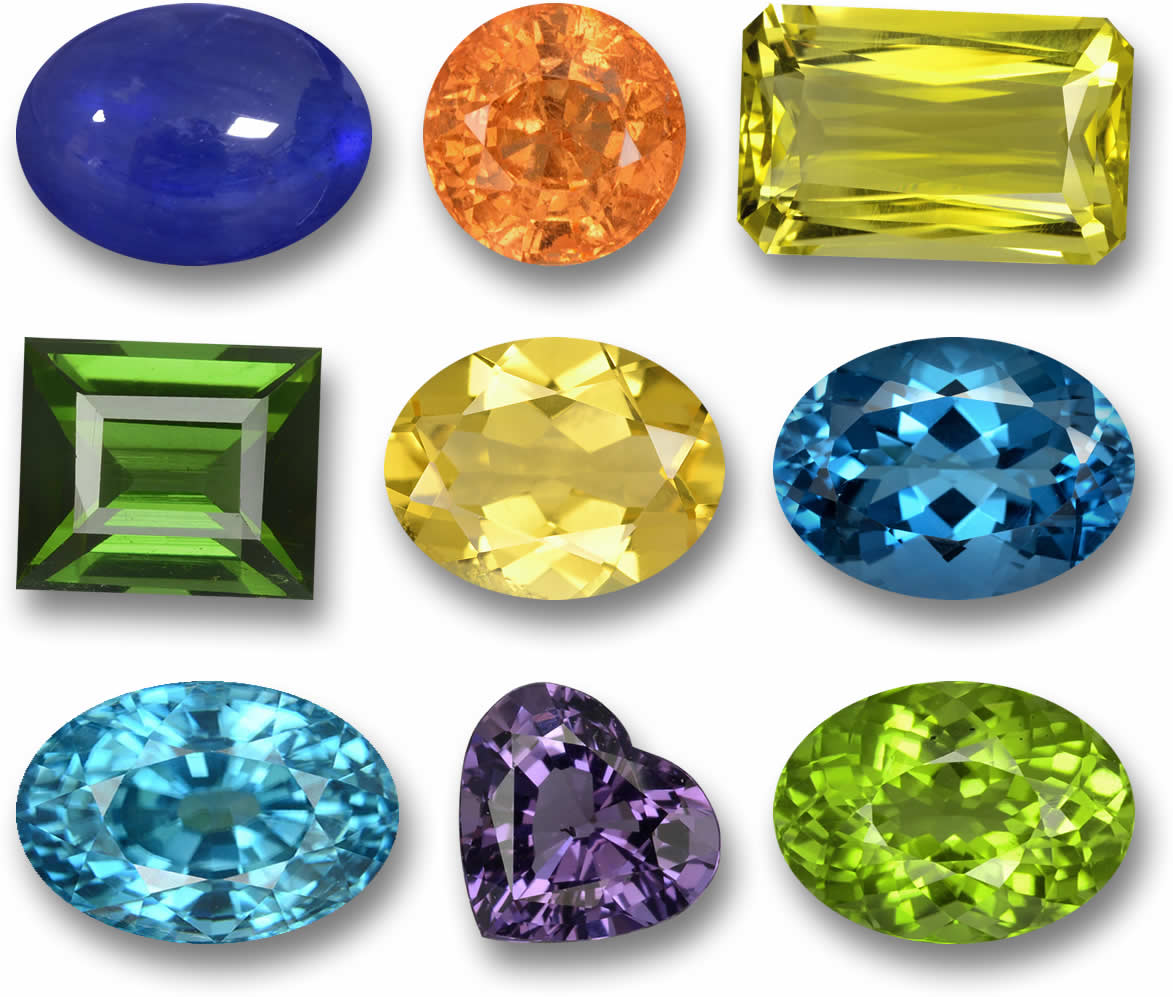Why People Are Turning to Gemstones as Alternative Investments
In today’s financial landscape, marked by economic volatility and shifting investment paradigms, individuals are increasingly exploring alternatives to traditional assets like stocks, bonds, and real estate. Among these options, loose gemstones—such as rubies, sapphires, and rare varieties like tanzanite—are gaining traction as a compelling investment vehicle. This shift is driven by a combination of economic, practical, and emotional factors that position gemstones as both a store of value and a unique asset class.

Economic Stability in Uncertain Times
One of the primary reasons for the growing interest in gemstones is their potential to serve as a hedge against economic instability. Unlike paper-based investments, which are susceptible to inflation and market crashes, high-quality gemstones often retain or increase in value over time. This resilience is particularly appealing in an era where traditional markets can be unpredictable.
For example, rare gemstones have demonstrated consistent appreciation. A 25.59-carat Burmese ruby sold for $30.3 million at a 2015 Sotheby’s auction, underscoring the enduring demand for premium stones even amidst global economic fluctuations.
Tangible and Portable Wealth
Gemstones offer a tangible form of wealth that contrasts sharply with the digital nature of stocks or cryptocurrencies. Investors can physically hold a sapphire or emerald, providing a sense of security that intangible assets cannot replicate. Additionally, their small size and high value make them highly portable, an advantage for those seeking discreet, mobile investments.
Key Reasons for Choosing Gemstones
Several specific factors are driving individuals to invest in gemstones:
- Rarity and Appreciation: Scarce gemstones, such as Kashmir sapphires or Paraiba tourmalines, appreciate as their natural sources diminish, offering long-term growth potential.
- Inflation Resistance: Unlike fiat currencies, gemstone values are less affected by inflation, making them a stable store of wealth.
- Diversification: Adding gemstones to an investment portfolio reduces reliance on volatile financial markets.
- Personal Enjoyment: Beyond financial returns, gemstones provide aesthetic and emotional satisfaction, doubling as collectibles or heirlooms.
Comparing Gemstones to Other Investments
The table below compares gemstones to traditional investment options, highlighting their unique attributes:
| Asset Type | Tangibility | Liquidity | Volatility | Inflation Resistance |
|---|---|---|---|---|
| Gemstones | High | Low-Moderate | Low | High |
| Stocks | Low | High | High | Moderate |
| Gold | High | Moderate-High | Moderate | High |
| Cryptocurrency | Low | High | Very High | Variable |
Growing Market Interest
Market trends further fuel the turn toward gemstones. Auction houses report rising sales of colored stones, with a 10.77-carat Colombian emerald fetching $2.1 million at Christie’s in 2024. This reflects growing investor confidence in gemstones as a viable asset, bolstered by their scarcity and aesthetic appeal.
Considerations for Investors
While gemstones present attractive benefits, they are not without challenges. Prospective investors must consider the need for expertise in evaluating quality—guided by the “Four Cs” (color, clarity, cut, carat)—and the lower liquidity compared to stocks or gold. Selling gemstones often requires specialized markets, such as auctions or private buyers, which can extend the time to realize returns.
Conclusion
The rising popularity of gemstones as alternative investments reflects a broader search for stability, tangibility, and diversification in an uncertain economic climate. With their ability to resist inflation, appreciate over time, and offer personal satisfaction, gemstones appeal to both pragmatic investors and passionate collectors. As interest continues to grow, these natural assets are solidifying their place as a valuable complement to traditional investment strategies.

